Earlier this month, Nike launched a new range of putters, named the Method MOD. But is there Method in Nike's madness?
The four classic head designs have been given a modern makeover, hence the "MOD", along with a new look. We spoke with Nike and got our hands on the Method MOD 60 and 90 models to see what's so special about their latest "Method" of holing putts.
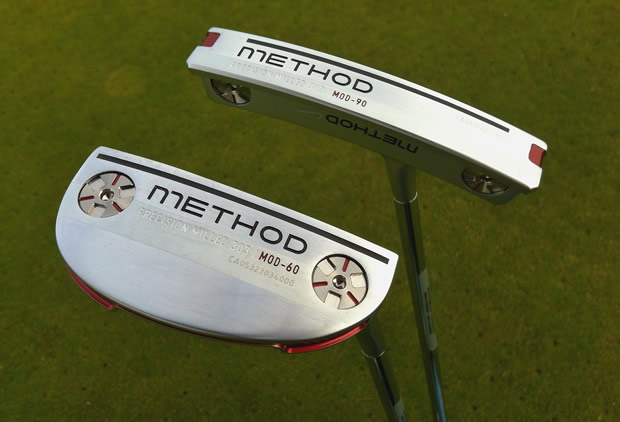
The first thing that catches you eye about the MOD putters is their simple, satin-chrome finish and new, red detailing.
The non-glare, matte finish on the top of the putters is a really nice addition. It doesn't reflect the sun and provides a clean, uniform look behind the ball. Whilst the red detail is essentially just for looks, it does appear Nike have removed some weight and mass from these areas and better positioned it using the two weight screws.
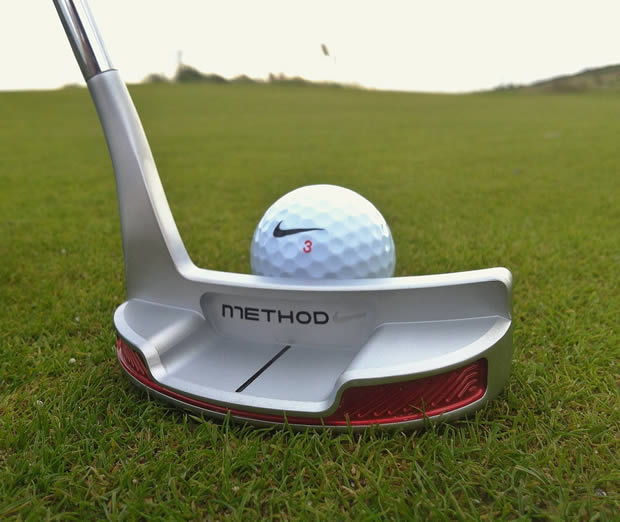
The performance of the Method MOD range comes from three different areas: the weight screws, the polymer insert and the grooves in the face. Each one is carefully designed to enhance the way a putt feels and rolls, and get the ball rolling as smoothly as possible towards the hole.
First up: the weights.
Screwed into the heel and toe portions of clubhead, the weights feature in the sole in all the models apart from the MOD 90 model, where space on the sole is limited and they are therefore added to the back of the clubhead behind the face, as seen here.
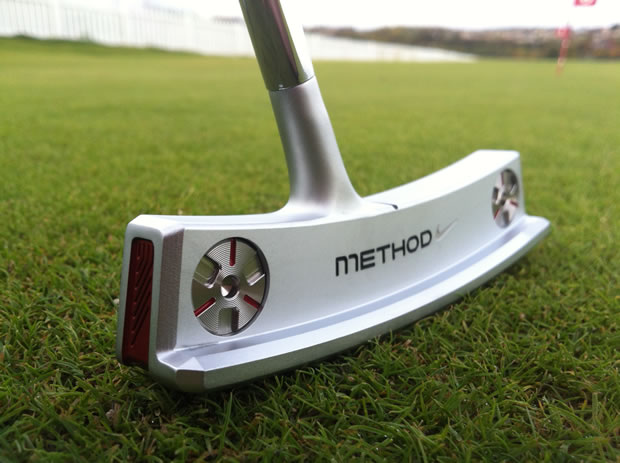
Whilst the screws look adjustable, they are not.
They are, however, specifically weighted to suit whatever length of putter they are featured in. All four models are available in either 34 or 35 inches and Nike believe the precise weighting of these screws allows them to produce the ideal swing weight for each model.
What about the polymer, is that not lightweight?
Yes, it is. In fact, by adding the polymer material to the clubhead, via the slot in the sole, Nike were able to save about 35 grams of weight in each of the putters whilst creating a softer, impact-dampening feel.
In the photo below, you can see exactly where Nike have cut through the sole of the putter, behind the face, to add the polymer insert. Whilst the face grooves only reveal the black Polymer in the middle of the face, the insert does in fact stretch behind the entire face.
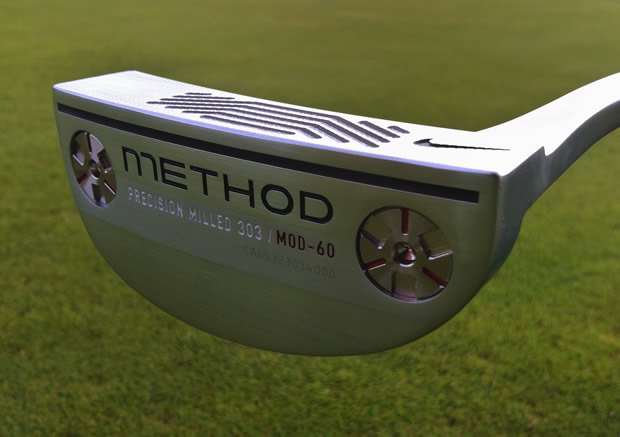
As for the grooves, the idea is not new. Nike first used face-grooves on putters in 2008. Since then players such as Tiger Woods, Rory McIlroy, Suzanne Pettersen and Paul Casey have all won using a groove-faced Nike putter.
The idea behind the grooves is simple: get the ball out of the indentation it is resting in and rolling smoothly towards to the hole.
Nike explained this challenge by saying: "Divide a second by 1,000. Now divide that in half. That’s how little time it takes to launch a golf ball that is just over an inch-and-a-half in diameter from where it sits nestled on a green. Nike’s Polymetal Groove technology allows athletes to tackle this challenge."
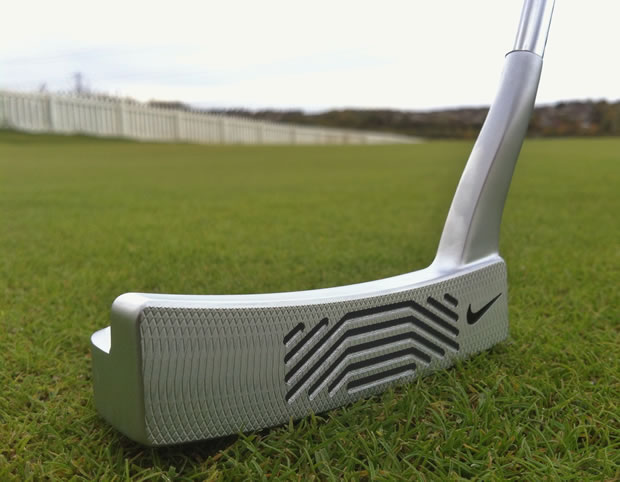
Look closely at the photo of the Method MOD 60 model above, specifically the face grooves, and you will see that each groove has two shades: black and a lighter grey colour. This is not an illusion.
It is actually due to the Polymer material behind the face. Nike inject the material across the entire face and allow it to seep out of the grooves. Once it has set they then cut the Polymer from the lower sections of each groove, revealing this two-tone appearance.
So why remove some of the material?
Nike claim it has two benefits: the metallic portion of the groove grips the ball and lifts it very slightly into its roll, whilst the Polymer softens the impact and offers a more responsive feel.
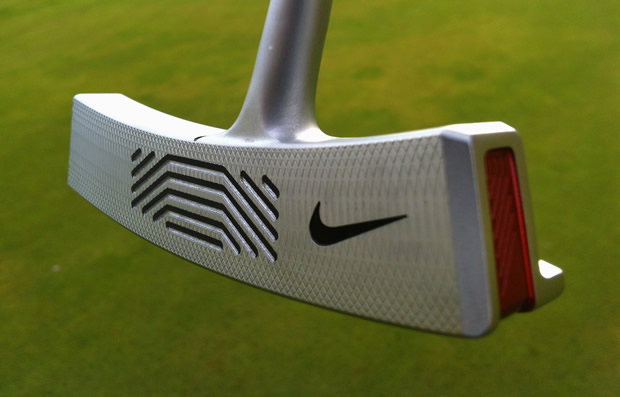
Now, if have already read our information on the launch of the Method MOD putters you know that each model is named/numbered according the amount of toe hang it possesses.
But what does that mean?
It represents the angle of the face when a putter is held and balanced by its shaft. The easiest method to discovering the amount of toe hang is to balance a putter on your finger and see what happens to the face or toe.
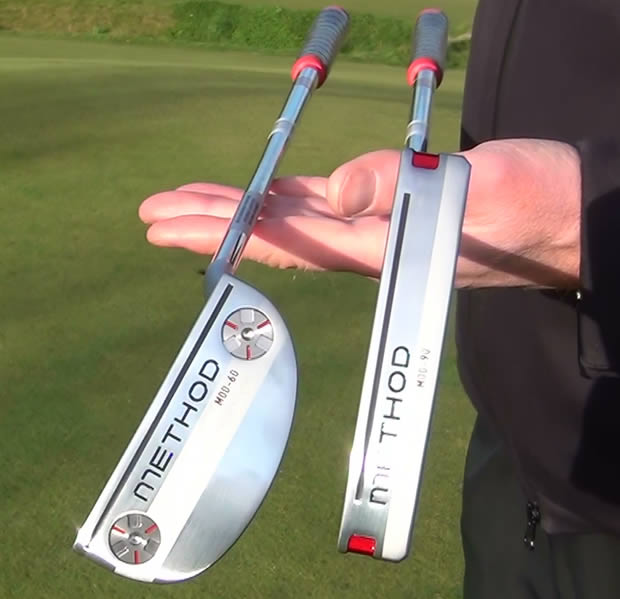
As you can see the Method MOD 60 putter (left) hangs with slightly less toe-hang at 60 degrees, suiting a stroke with a medium arc. The Method MOD 90 putter (right) has exactly 90 degrees of toe-hang, meaning the face is perpendicular to the ground with the toe pointing down. Without getting overly technical, this type of putter is best suited to a player who has a strong arc to their stroke as it encourages the face to close at impact more easily.
Two more models are available with 30 nd 0 degrees of toe hang. The mallet-shaped MOD 00, which looks very like the old Ram Zebra putter, is completely face-balanced (0 degrees of hang) and aimed at players with a straight-back-straight-through stroke. Think Steve Stricker.
Now we know about how and why the Method MOD were designed, how did they perform on the greens?
Pretty well to be honest. From the first putt I hit, I could actually feel and sense the grooves gripping the ball at impact. The ball didn't rebound off the face immediately, instead it offered a soft, lingering type of feel that felt true, muted and consistent.
If I am being honest, I expected the Method MOD 90 model to be a little hard-work. Looking like a modern take on the classic Bullseye putter, a very thin putter used in the 70's and still used by Corey Pavin today, it was actually very stable.
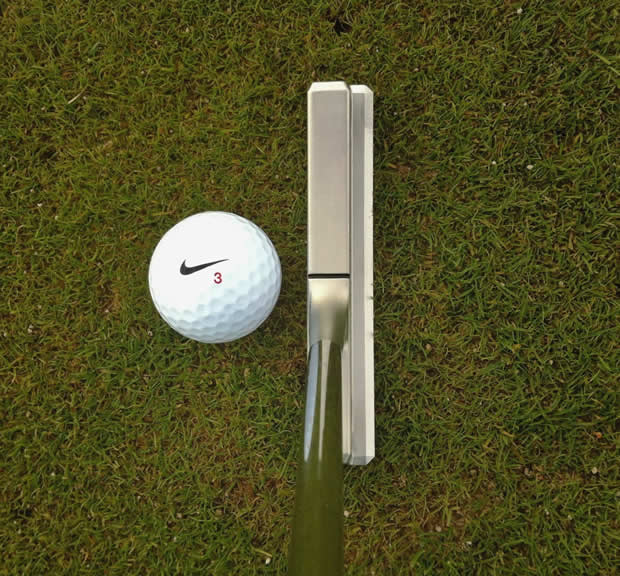
I have a pretty average, slight arc in my stroke and looking down on the long, thin profile at address, I felt like I may lose the toe a little bit as I took the putter away. Whether it is the screws in the back of the head or the position of the shaft in the middle of the clubhead, it felt solid and surprisingly stable.
You would think the feel off such a design would be quite harsh on your hands, without a lot of mass behind the head to absorb the strike, but again it surprised. The feel felt much like any Anser-style putter I have enjoyed in the past and didn't send any bad vibes or vibrations towards my hands.
The roll and result of each putt was very similar. Whilst the Method groove pattern on the face looks quite random and aggressive, the performance was anything but. The harder you strike a putt, the more you feel the Polymer and grooves working to soften the blow. The feel, stability and performance seemed best suited to mid-range putts of 10 to 15 feet.
When you hit the ball out of the centre of the grooves the feel was lovely and soft, but deviate a little either side and it was a little firmer and miss them all together and you got the blunt feel of a solid steel putter. The variation between soft and semi-soft feedback could be an issue if you don't hit it out of the centre every time.
A common compliant with insert putters is the sound, which some feel is deadened by the insert material. However with the insert material embedded into the grooves, the feedback from the Method MOD putters offered a good balance between a soft insert putter and the firm, solid sound of a metal-faced putter.
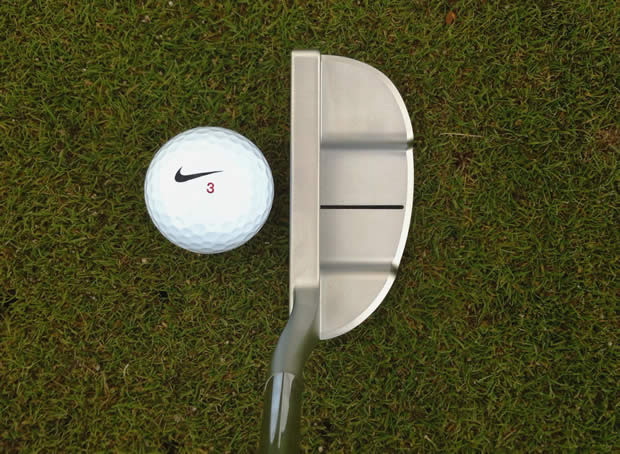
One reason I would suggest these putters are perhaps better suited to players in the low to mid handicap range was the forgiveness.
The four designs offered are not counterbalanced or high-MOI designs, they are old-style heads with a modern look and feel. In testing putts off the toe and heel portions of the face, the performance really suffered.
Like many groove-faced putters, the area of the grooves is relatively small positioned in the centre of the face. If you have a solid, repeatable stroke, you will never notice any difference in performance, but if you are prone to a "Zorro-like" stroke and can sometimes catch putts off centre, you'll feel that immediately.
The tacky, wrap design of the putter was quite padded and felt very soft in the hands, almost too soft. These types of grips feel great in the store and that is good for sales, but sometimes further mute the feel of the club. Additional they tend to show wear marks more easily and are usually not as good in wet weather as more performance-related putter grips.
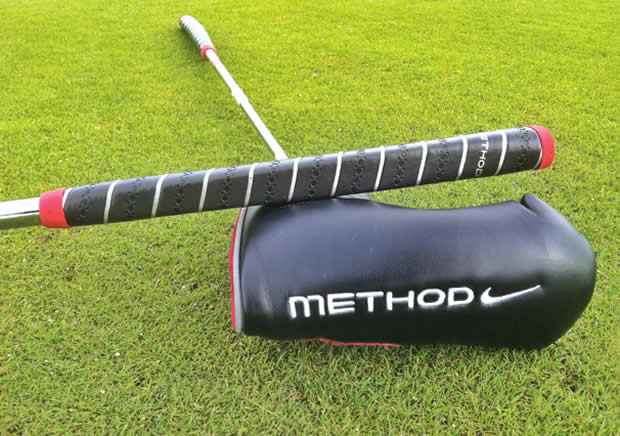
Overall, the range was good and a lot better looking than Nike putters of the past. The looks are simple and clean, and easier on the eye and at address than the recent Method Midnight range. The softer lines will appeal to young golfers and also those who remember
some of the older, classic putter designs. The new MOD technology gives them, quite literally, a 21st century feel.
They are towards the top end of the price spectrum so they face stiff competition from putters with maybe more consistent feel, but they do have plenty of visual appeal and technology for players with solid strokes.